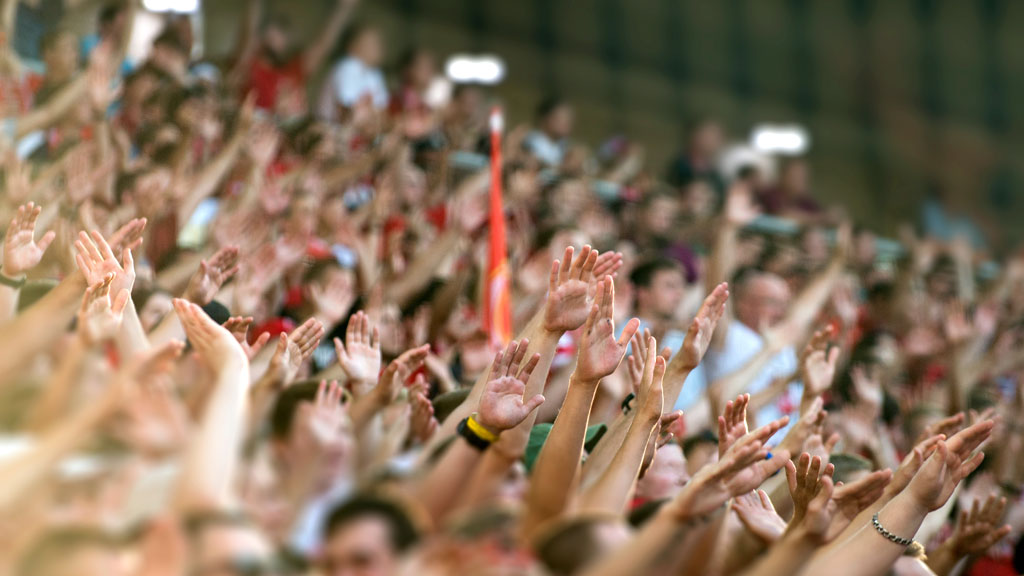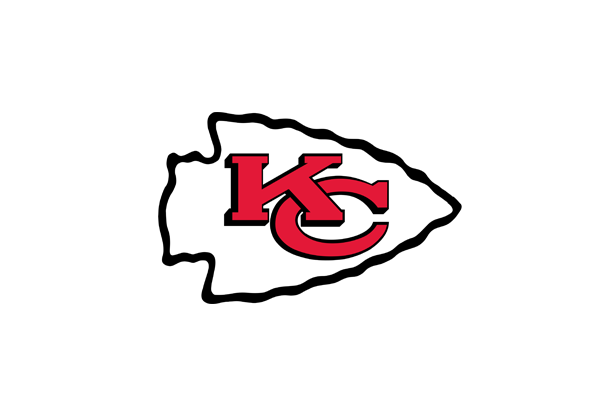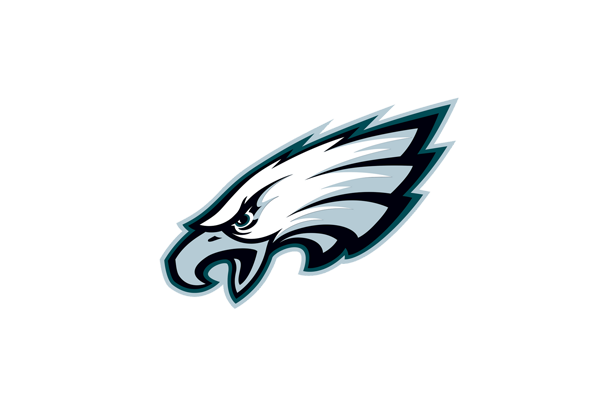
28 Feb The Role of Computer Vision in Improving the Fan Experience
The opening of The Sphere in Las Vegas this past fall garnered a lot of attention—and rightfully so. It was the first fully immersive entertainment stadium centered around delivering world-class fan experiences using computer vision.
Critics like CNET say The Sphere is ushering in ‘the dawn of a new media format.’ And it’s about time. Despite record-high ticket prices—surging 25% YoY for sporting events and concerts—the fan experience is arguably worse than ever.
In-person fan experiences have reached a tipping point. Can computer vision save them? We’ll explore and break down the following:
- Why are today’s fan experiences failing?
- What is computer vision?
- How can computer vision improve sports fans’ experiences?
- Computer vision beyond sports
Why are today’s fan experiences failing?
For many, being able to afford the concert ticket was a stretch. And once they arrive at the venue? The frustrations start from:
- Long entrance and bathroom lines
- Confusing bag policies
- Obstructed views
But less than seamless venue encounters are just part of the problem. The other?
Shifting expectations.
Let’s be real—there’s little that’s more annoying than missing out on amazing gameplay or concert moments because you were waiting in the concessions line for too long. Fans want autonomous checkout solutions to avoid this entirely.
In fact, 30% of global fans believe “being able to stay in their seat is the most important way to improve the food and beverage experience at the stadium, closely followed by faster transaction times.”
What is Computer Vision?
Computer vision, a field of artificial intelligence (AI), is the key technology enabling fans and customers to shop without the need for cashiers or other human assistance. How? This technology allows the store to “see” and track customers and products in real-time.
Paired with the right autonomous store platform, computer vision allows customers to get into the store with a credit card or app, get the items they need, and walk out with an accurate receipt sent to them via email or SMS in minutes.
Computer vision could very well be the answer to the fan experience woes. But before we dive into how, let’s start by explaining what exactly we mean by computer vision:
Computer vision uses machine learning to process billions of images and accurately determine what they are. At a high level, it involves recognizing patterns and relating them. The more images it processes, the smarter it gets at accurately categorizing and labeling them.
It’s the technology behind self-driving cars, facial recognition technology, and much more. The global computer vision market is valued at around $17 billion USD today and is expected to eclipse USD 45 billion by 2028.
How Can Computer Vision Improve Sports Fans’ Experiences?
So how can computer vision technology fix the failing fan experiences of today? Let’s consider an in-person sporting event. What comes to mind? Sure, there’s the excitement of the game. But there’s also the stress of navigating parking, security, concession lines, and even getting to your seat.
Much of these sporting event frustrations can be alleviated by using computer vision technology to streamline processes. Below are just a few of many examples:
- Shorter concession wait times: 59% of fans would spend more on food and beverages if wait times were shorter. Computer vision minimizes concession stand wait times by predicting and allocating appropriate staffing
- Foot traffic optimization: Providing insights to optimize foot traffic patterns and minimize bottlenecks
- Cashierless concessions: Cashierless checkouts at concessions can lower operating costs and create a frictionless fan checkout experience
Computer Vision Beyond Sporting Events
As you can imagine, computer vision use cases also span beyond sporting events to many in-person experiences.
Train Stations and Airports
Is waiting in a long line to get a Snickers bar and a bottle of water worth missing your train? Wouldn’t it be nice to get a snack at any time of the day or night at your hotel, regardless of whether a store associate was present? Autonomous stores ensure you can quickly get the items you need and get back to your travel adventures in minutes—sometimes even seconds.
💡Check out AiFi’s 436-square-foot autonomous store, ServiceStore, in Berlin’s Ostbahnhof Deutsche Bahn railway station and discover how it caters to busy commuters on the go 24/7.
Concert Stadiums
AI-driven autonomous shopping technology has a transformative impact on concertgoers’ experiences as well. According to Oracle, the maximum acceptable waiting time to purchase food and beverages in a sporting arena or concert venue is just 10 minutes. ⏰
With AiFi’s autonomous shopping solutions, concert guests will be in and out of the concession in minutes—and oftentimes, mere seconds. See it in action.
Final Thoughts
To provide world-class experiences for today’s fans, their environments need to be fueled by computer vision. It’s no longer enough to provide in-person entertainment. Fans expect an elevated, immersive experience not unlike the apps they use on the regular. Stadiums and entertainment venues need to infuse digital with their physical spaces if they want to compete.
The future of fan experiences is here. Learn more about AiFi, the largest AI platform empowering retailers to scale autonomous shopping solutions with 100% computer vision.





















